The vibrant patterns of a corn snake slithering through fallen leaves might be a familiar sight in North America’s eastern woodlands. These non-venomous constrictors, with their distinctive orange and red blotched patterns, have captivated both wildlife enthusiasts and pet owners alike. Beyond their aesthetic appeal, corn snakes (Pantherophis guttatus) play a crucial role in maintaining ecological balance within their native habitats. However, like many wildlife species today, they face various conservation challenges that deserve our attention. This article explores the fascinating world of corn snakes, their ecological importance, the conservation issues they face, and how we can contribute to their preservation while appreciating these remarkable reptiles.
Natural History and Distribution of Corn Snakes

Corn snakes are native to the southeastern United States, ranging from New Jersey to Florida and as far west as Louisiana and parts of Kentucky. These adaptable reptiles thrive in a variety of habitats including pine forests, rocky hillsides, overgrown fields, and abandoned buildings. Their name derives from their frequent presence around grain stores and corn cribs, where they hunted rodents feeding on the harvested corn. Historically, corn snakes have been a beneficial presence for farmers by naturally controlling pest populations, forming a relationship with human agriculture that dates back centuries. Their ability to adapt to different environments has helped them survive in regions where other snake species have declined.
Physical Characteristics and Identification
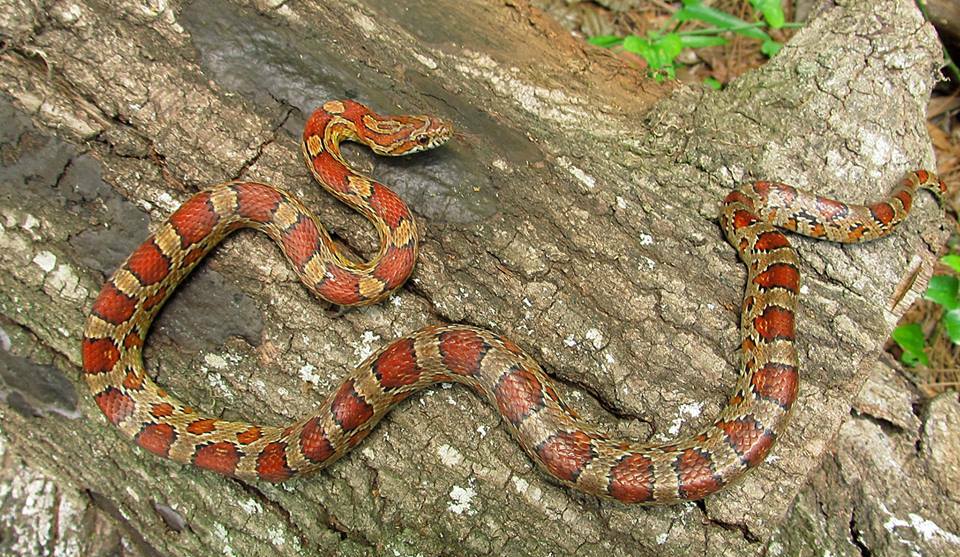
Corn snakes typically grow to lengths of 3-5 feet, with a slender build that enables them to climb trees and navigate tight spaces with ease. Their most distinctive feature is their vibrant coloration, consisting of orange or brownish-red background colors with large, reddish-brown blotches outlined in black running down their backs. The belly usually displays a distinctive black and white checkerboard pattern, reminiscent of Indian corn kernels – another possible origin of their common name. Young corn snakes display similar patterns but with more subdued coloration that brightens as they mature. In the wild, this coloration provides effective camouflage among fallen leaves and forest detritus, helping them evade predators and ambush prey.
Ecological Role and Importance
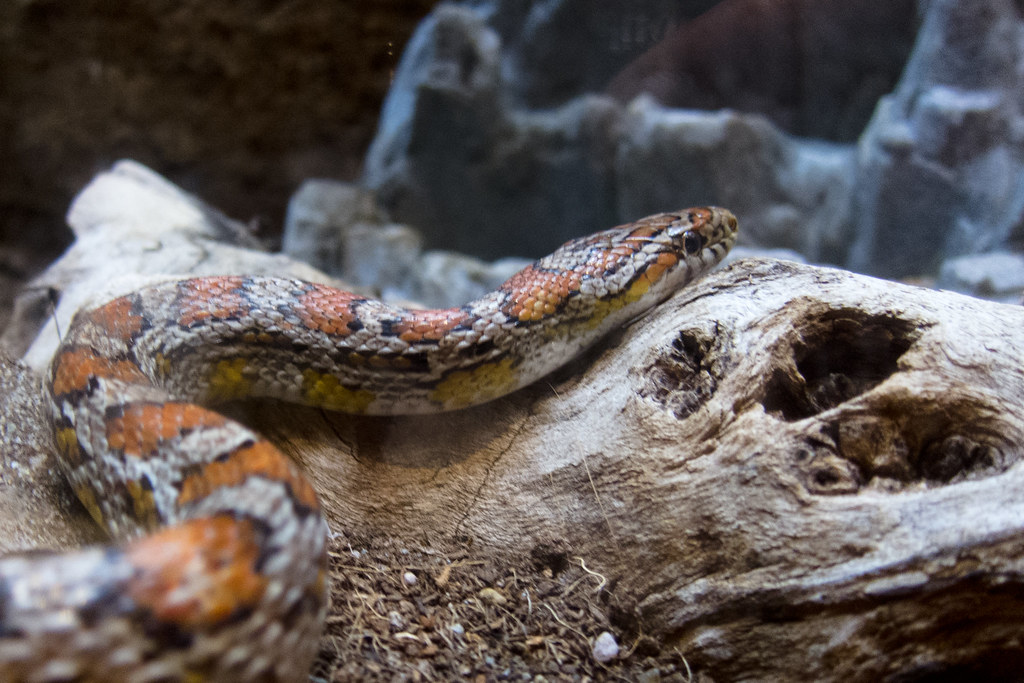
As mid-level predators, corn snakes play a vital role in controlling rodent populations in their native ecosystems. They primarily feed on mice, rats, and other small mammals that can become agricultural pests or vectors for disease when their populations grow unchecked. A single corn snake can consume dozens of rodents annually, providing natural pest control services that benefit both ecosystems and human interests. Additionally, corn snakes themselves serve as prey for larger predators such as hawks, owls, and larger snakes, forming an important link in the food web. Their presence in an ecosystem is often indicative of a healthy, functioning environment with balanced predator-prey relationships.
Habitat Loss and Fragmentation Challenges

Perhaps the most significant threat facing wild corn snake populations is the continuing loss and fragmentation of their natural habitats. As southeastern forests are cleared for agriculture, urban development, and infrastructure, corn snakes lose crucial hunting grounds, shelter, and breeding sites. Habitat fragmentation is particularly problematic, as it isolates snake populations, preventing genetic exchange and potentially leading to inbreeding and reduced genetic diversity. Roads cutting through snake habitat create deadly barriers, with thousands of corn snakes killed by vehicles annually while attempting to cross. Conservation efforts increasingly focus on preserving contiguous habitat corridors and implementing wildlife crossings to mitigate these challenges.
Persecution and Misidentification Issues
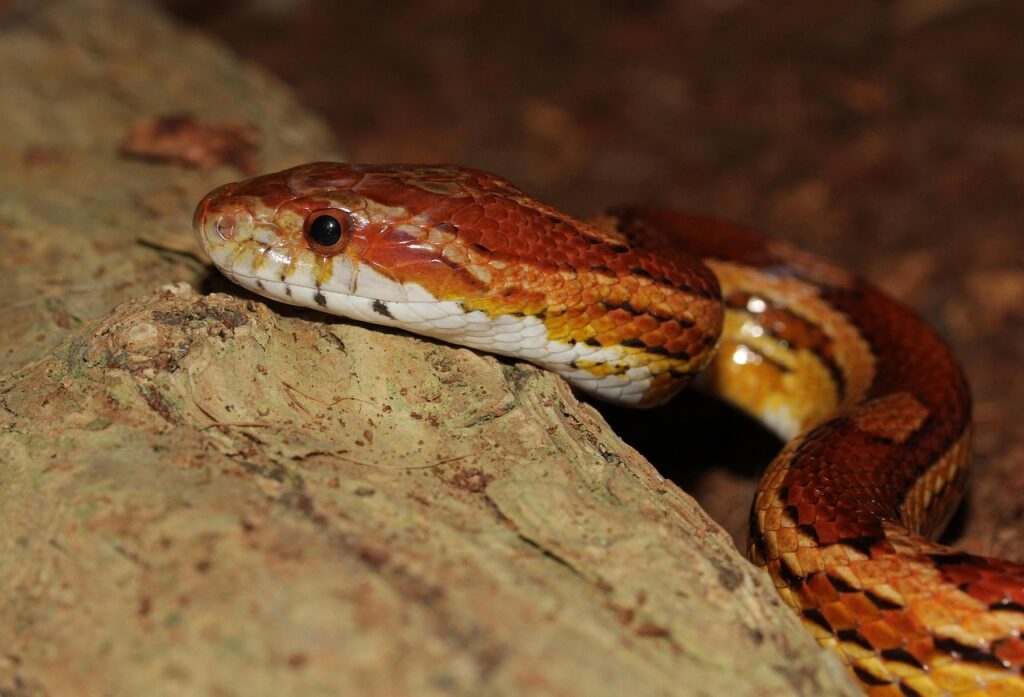
Despite being harmless and beneficial, corn snakes often fall victim to human persecution due to fear and misidentification. Their reddish coloration can lead people to confuse them with venomous copperheads, resulting in unnecessary killing. This knee-jerk reaction stems largely from misconceptions and phobias about snakes in general, regardless of species. Studies suggest that intentional killing by humans accounts for a significant percentage of corn snake mortality in suburban and rural areas. Educational outreach programs that teach accurate identification and highlight the ecological benefits of corn snakes are essential for changing public perception and reducing these preventable deaths.
Commercial Collection and the Pet Trade Impact

Corn snakes’ docile nature, manageable size, and striking appearance have made them one of the most popular pet reptiles worldwide, creating both challenges and opportunities for conservation. While captive breeding programs now produce the majority of pet corn snakes, wild collection still occurs in some areas, potentially depleting local populations. The illegal wildlife trade can further strain wild populations when collectors target specific color morphs or specimens from certain regions. Conversely, the popularity of captive-bred corn snakes as pets has created a constituency of enthusiasts with vested interests in snake conservation, many of whom become advocates for protecting wild populations and habitats.
Conservation Status and Legal Protections

While corn snakes are not federally listed as endangered or threatened in the United States, their populations have declined in several parts of their range, leading some states to provide special protections. Florida, for instance, has implemented specific regulations regarding the collection and possession of native reptiles, including corn snakes. Internationally, corn snakes are listed under CITES Appendix II in some European countries where they are not native, regulating their trade to prevent ecological disruption if released. Conservation assessments indicate that while the species is not at immediate risk of extinction, localized population declines warrant monitoring and proactive conservation measures, particularly in areas experiencing rapid development.
Climate Change Effects on Corn Snake Populations

Emerging research suggests that climate change may significantly impact corn snake populations in the coming decades. As temperature patterns shift, these ectothermic reptiles may face challenges in thermoregulation and breeding cycles, potentially affecting reproduction rates and hatchling success. Rising temperatures could potentially expand their range northward, while making some southern portions of their current range less suitable. Extreme weather events, which are increasing in frequency and intensity with climate change, can destroy nesting sites and hibernacula, causing direct mortality and habitat disruption. Scientists are monitoring these effects to better understand how corn snakes might adapt to changing conditions and what conservation interventions might be necessary.
Conservation Research and Monitoring Efforts
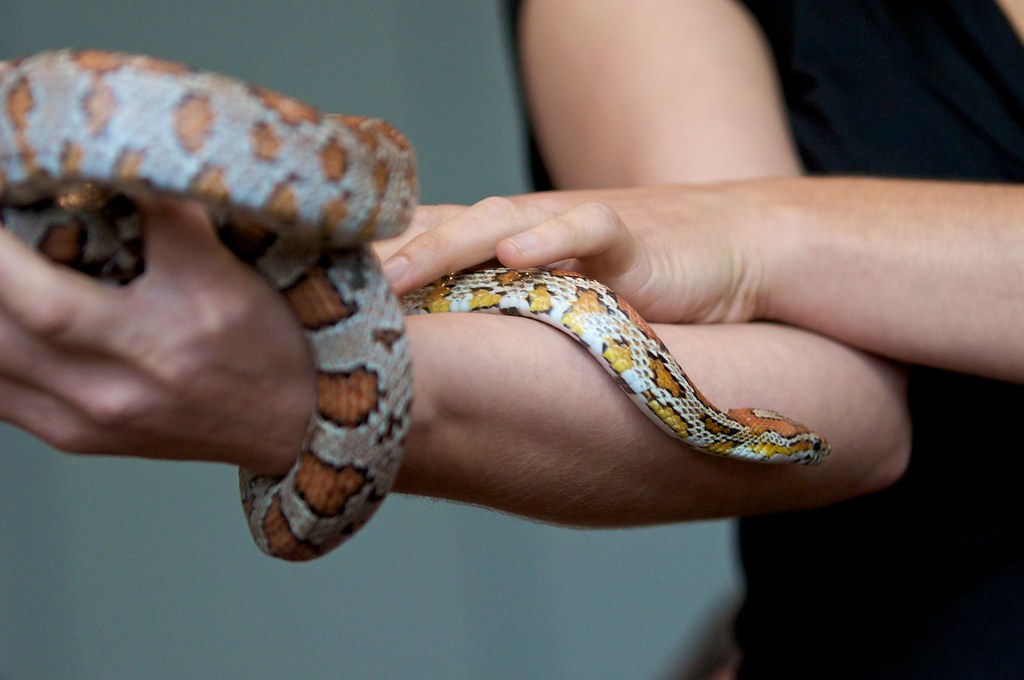
Scientists across the southeastern United States are conducting valuable research to better understand corn snake ecology and inform conservation strategies. Radio telemetry studies, where researchers attach tiny transmitters to snakes, have revealed important data about movement patterns, habitat use, and hibernation sites that help identify critical areas for protection. Genetic studies examine population connectivity and diversity, helping conservationists understand how habitat fragmentation affects different populations. Citizen science initiatives encourage public reporting of corn snake sightings, creating broader datasets than professional researchers could gather alone. These combined efforts build a more comprehensive understanding of corn snake ecology and population trends, guiding evidence-based conservation actions.
Responsible Pet Ownership and Conservation
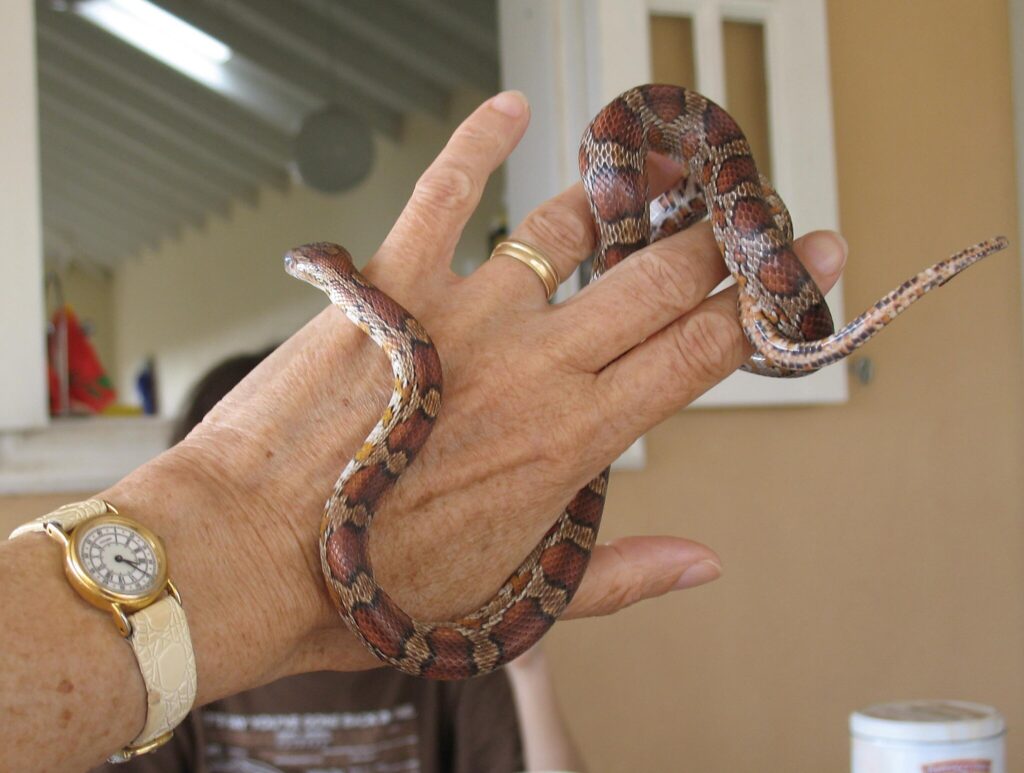
For those who keep corn snakes as pets, responsible ownership practices can directly support conservation efforts. Purchasing captive-bred specimens from reputable breeders rather than wild-caught individuals helps reduce pressure on wild populations. Proper enclosure security prevents escapes that could lead to invasive populations in non-native regions, as has occurred with related snake species in Florida. Engaging with the broader reptile keeping community provides opportunities to support conservation initiatives and educational outreach. Perhaps most importantly, responsible owners often become advocates for snake conservation, helping dispel myths and promoting appreciation for these animals among friends, family, and social networks.
Successful Conservation Initiatives
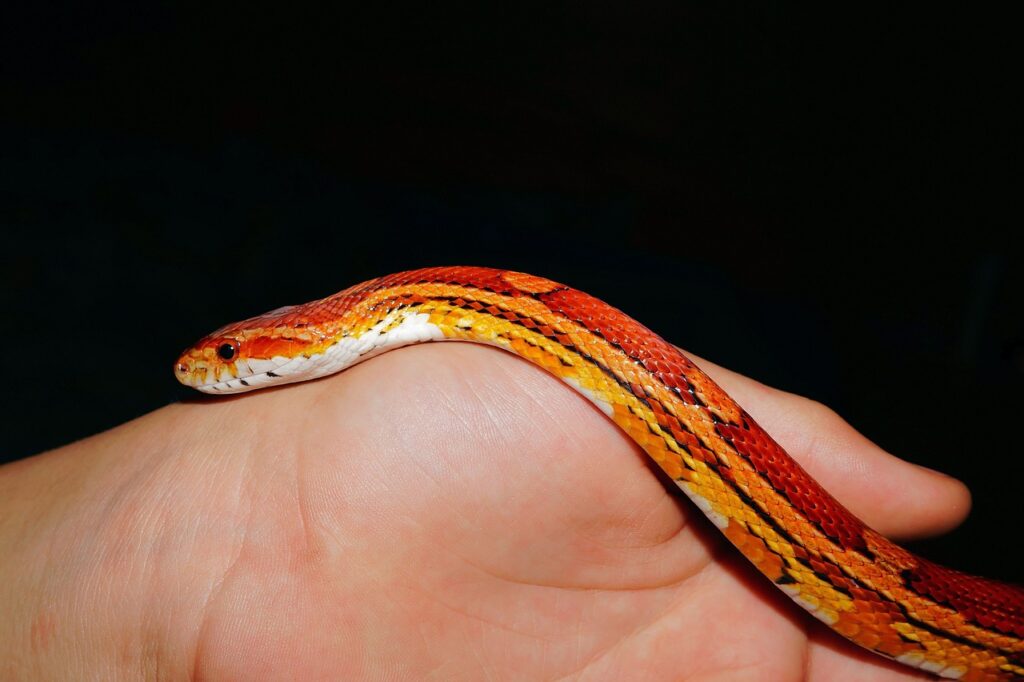
Several conservation programs have demonstrated effective approaches to protecting corn snakes and their habitats. The Longleaf Pine ecosystem restoration projects across the Southeast benefit corn snakes along with numerous other species by preserving and restoring critical habitat. Wildlife corridor initiatives that connect fragmented habitats allow for genetic exchange between otherwise isolated populations. In areas with high road mortality, specially designed wildlife underpasses have significantly reduced snake deaths, with some locations reporting 90% decreases in roadkill after implementation. These success stories provide templates that can be replicated and adapted for other regions where corn snakes face similar threats.
Educational Outreach and Public Engagement

Education plays a pivotal role in corn snake conservation by challenging misconceptions and fostering appreciation for these beneficial reptiles. Nature centers, wildlife rehabilitation facilities, and herpetological societies frequently use ambassador corn snakes in educational programs, allowing people to safely interact with these non-venomous snakes and learn about their ecological importance. School programs that incorporate hands-on experiences with corn snakes help young people develop positive attitudes toward snakes from an early age. Digital platforms and social media campaigns extend this educational reach, sharing accurate information about snake identification, behavior, and conservation needs with broader audiences.
How Individuals Can Support Corn Snake Conservation
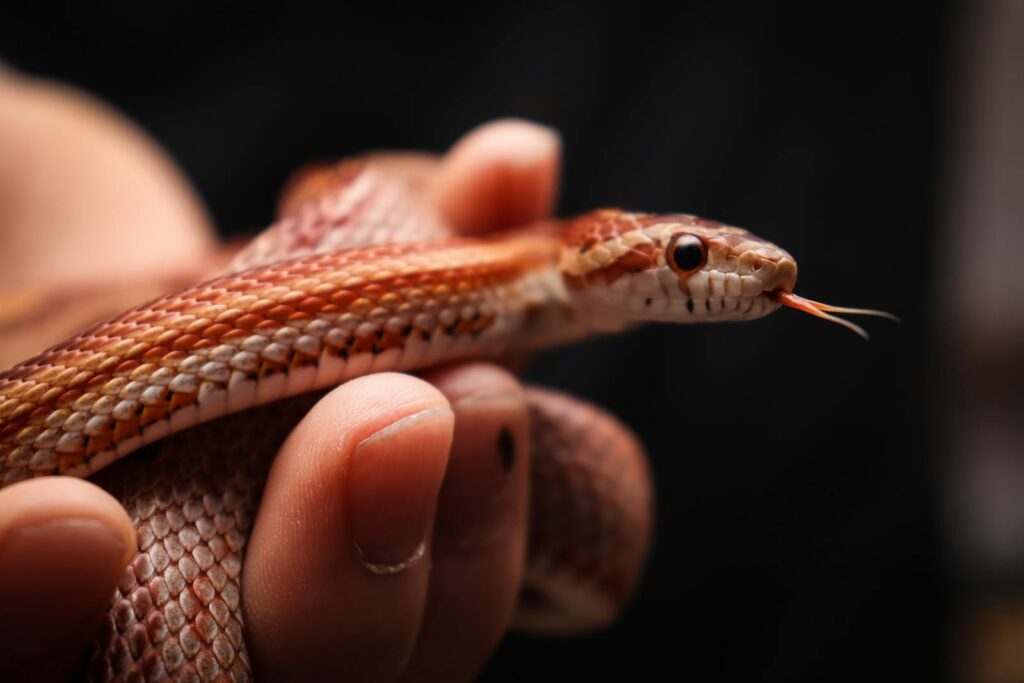
Anyone can contribute to corn snake conservation through simple yet meaningful actions. Leaving natural areas on private property, such as brush piles, rock crevices, and fallen logs, provides valuable microhabitats for corn snakes and their prey. Reducing pesticide use helps maintain healthy rodent populations as a food source while preventing secondary poisoning of snakes that consume affected prey. Driving cautiously in known snake habitat, particularly during spring and fall when snakes are most active, can prevent road mortality. Perhaps most importantly, becoming a local advocate for snakes by sharing accurate information with neighbors and community members helps build broader support for conservation initiatives and reduces persecution based on fear or misunderstanding.
The Future of Corn Snake Conservation
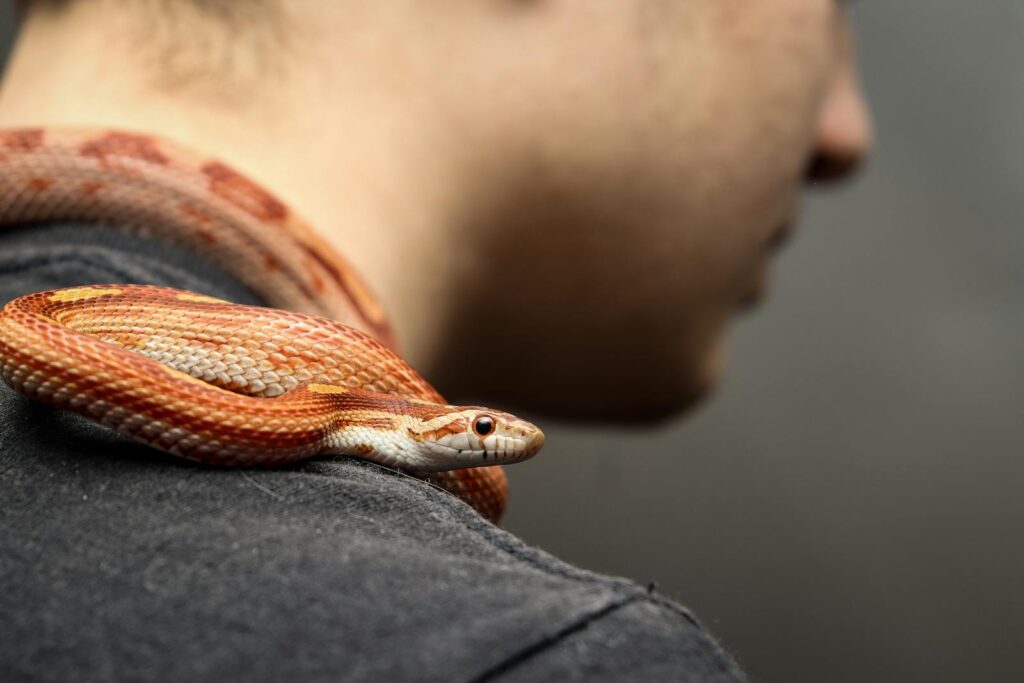
The outlook for corn snake conservation involves both challenges and reasons for optimism. While habitat loss continues in many regions, increased public awareness and appreciation for biodiversity are driving conservation initiatives that benefit corn snakes alongside other wildlife. Technological advances in research methodologies are providing deeper insights into corn snake ecology and behavior, enabling more targeted and effective conservation strategies. Climate adaptation planning increasingly includes considerations for reptile species, including corn snakes, with potential managed relocation programs under consideration for the most vulnerable populations. With continued public engagement, scientific research, and policy development, corn snakes can maintain their important ecological role in North American ecosystems for generations to come.
Corn snakes represent a perfect example of how a single species can connect various aspects of conservation, from ecosystem health to human-wildlife relationships. These beautiful reptiles provide valuable ecological services, face significant conservation challenges, and offer opportunities for meaningful public engagement in wildlife protection. By understanding and addressing the threats corn snakes face, while appreciating their unique adaptations and ecological importance, we can ensure they continue to thrive in their natural habitats. Whether you encounter a corn snake in the wild, keep one as a pet, or simply appreciate them from afar, supporting conservation efforts for these remarkable reptiles contributes to broader biodiversity preservation and a healthier environment for all species, including our own.

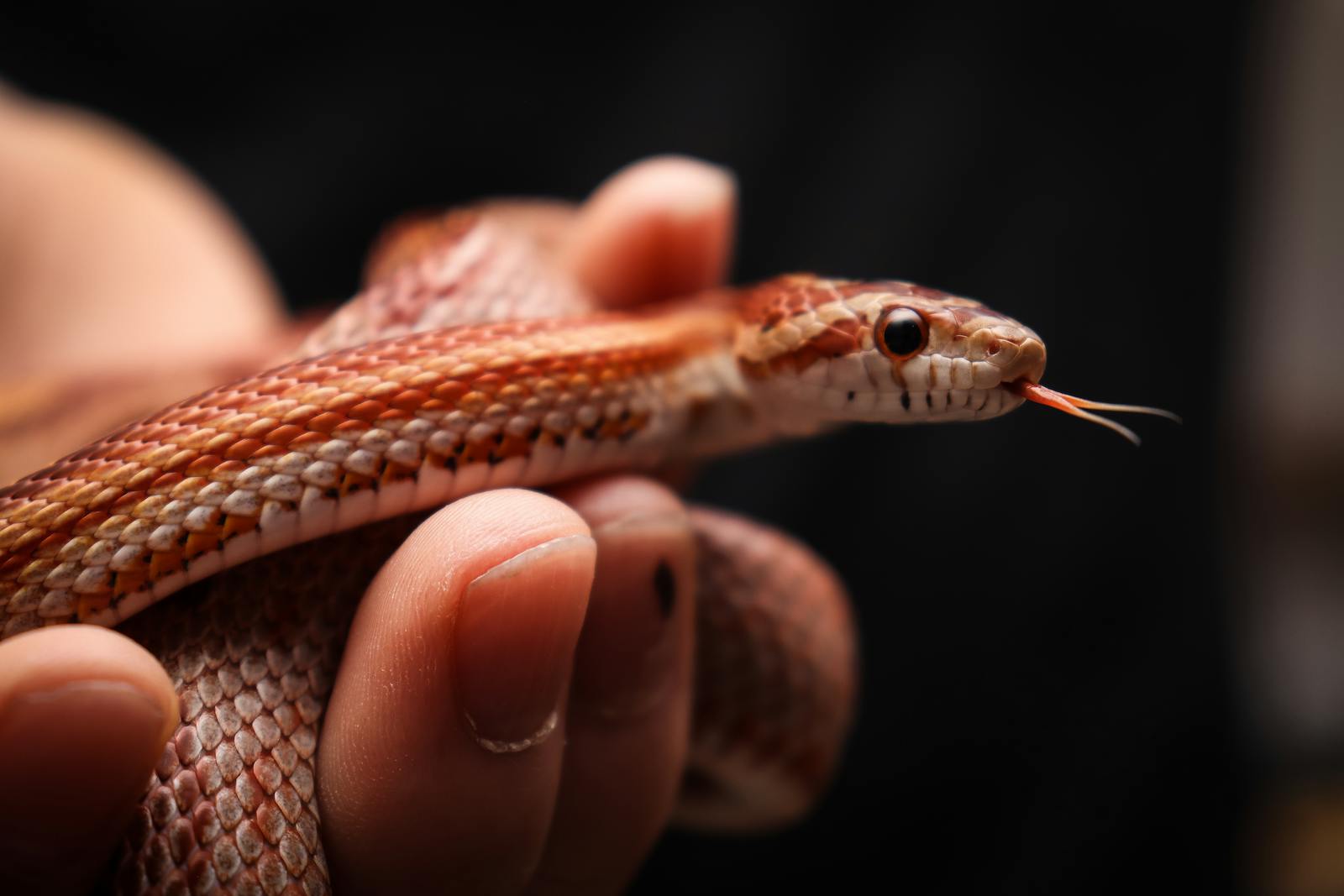
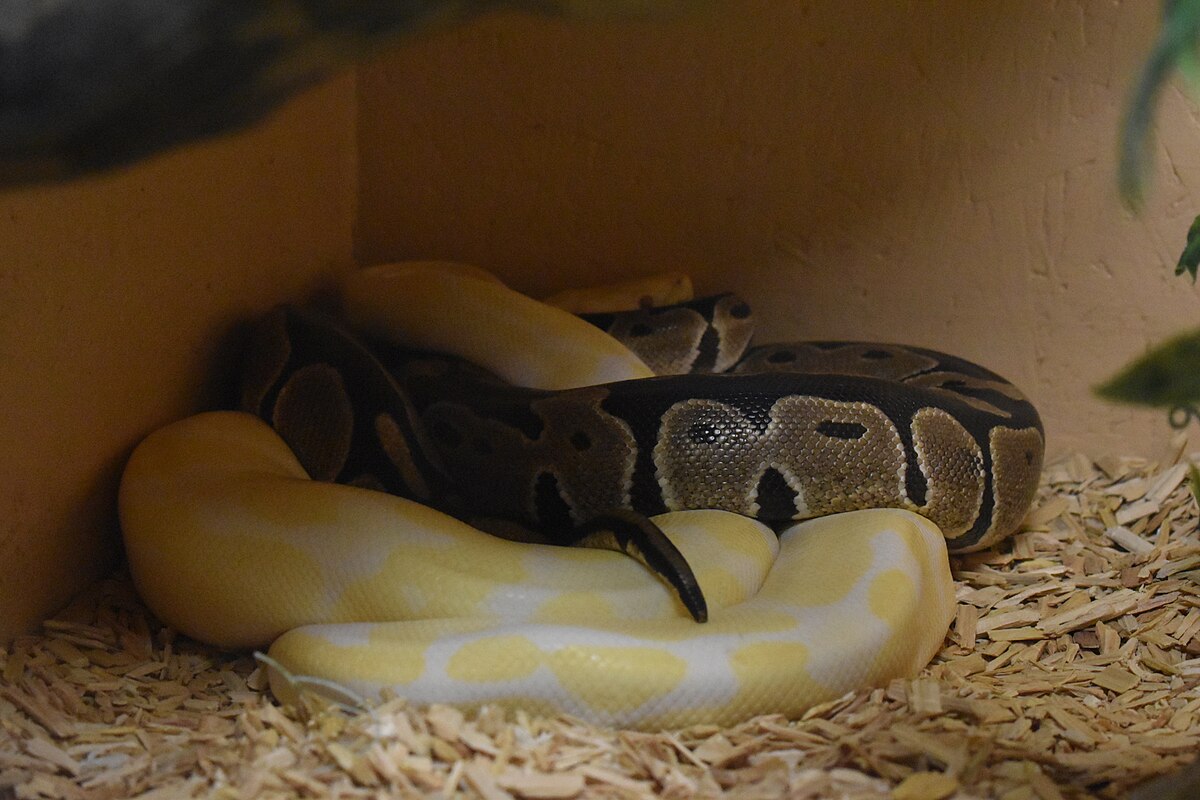

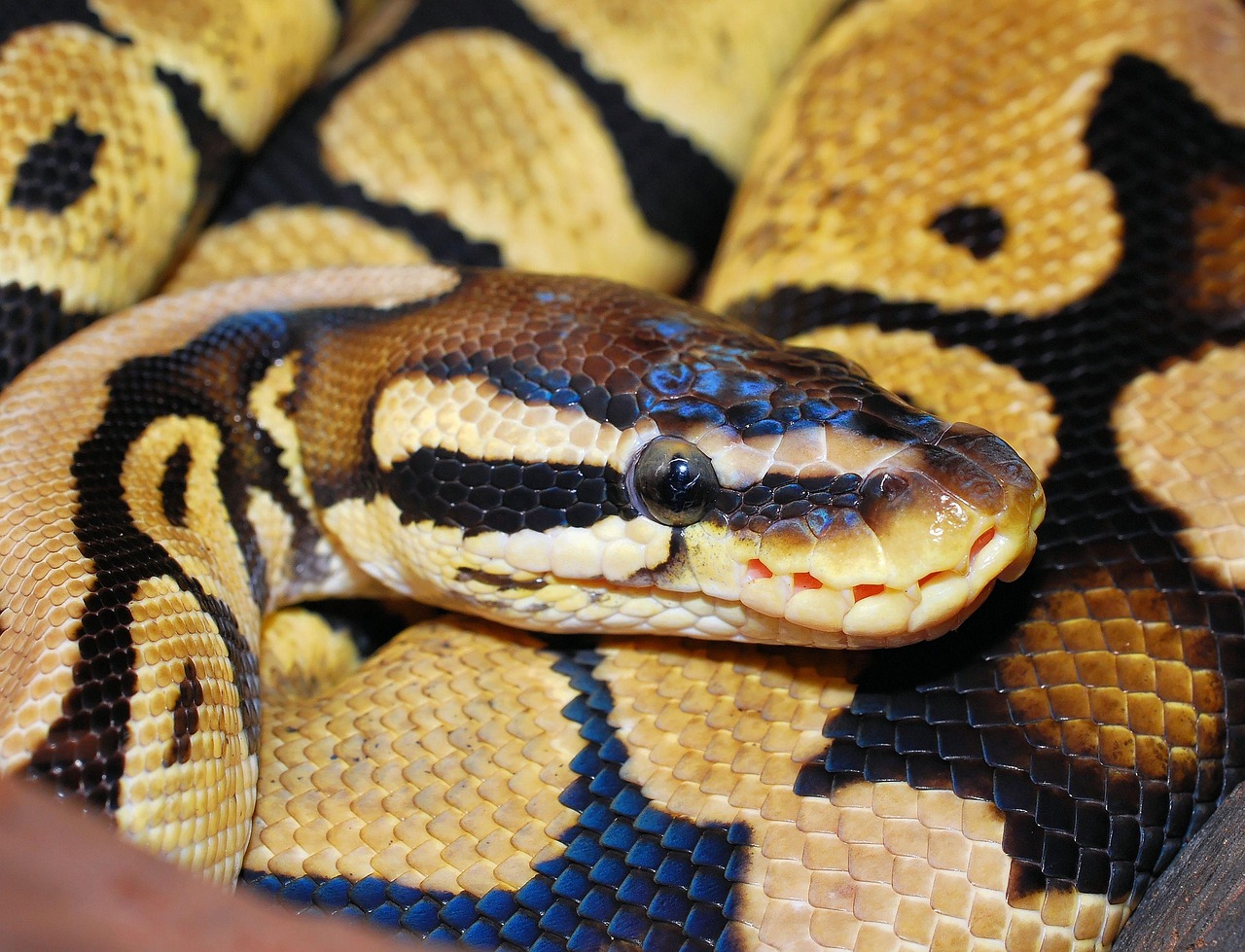

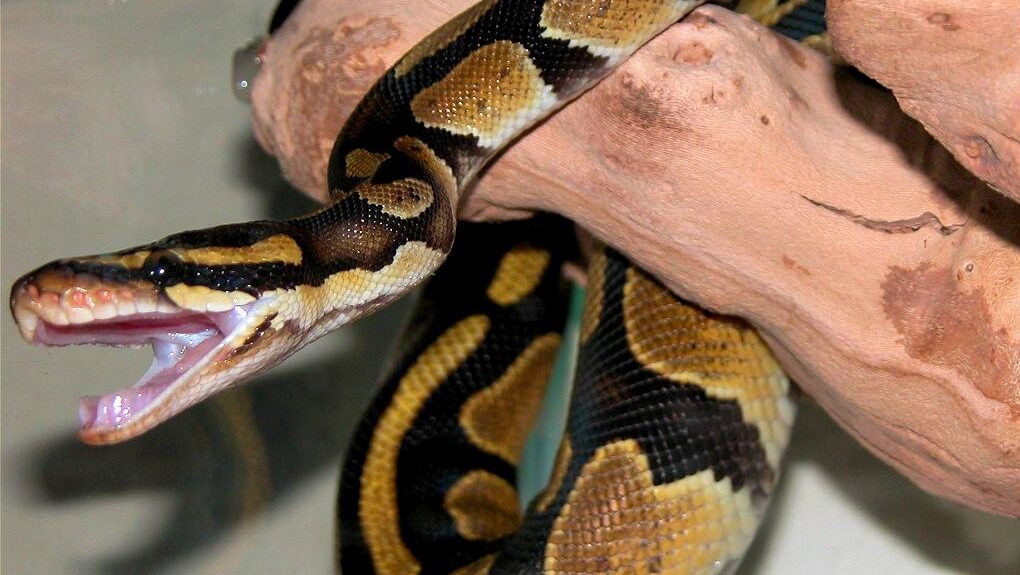
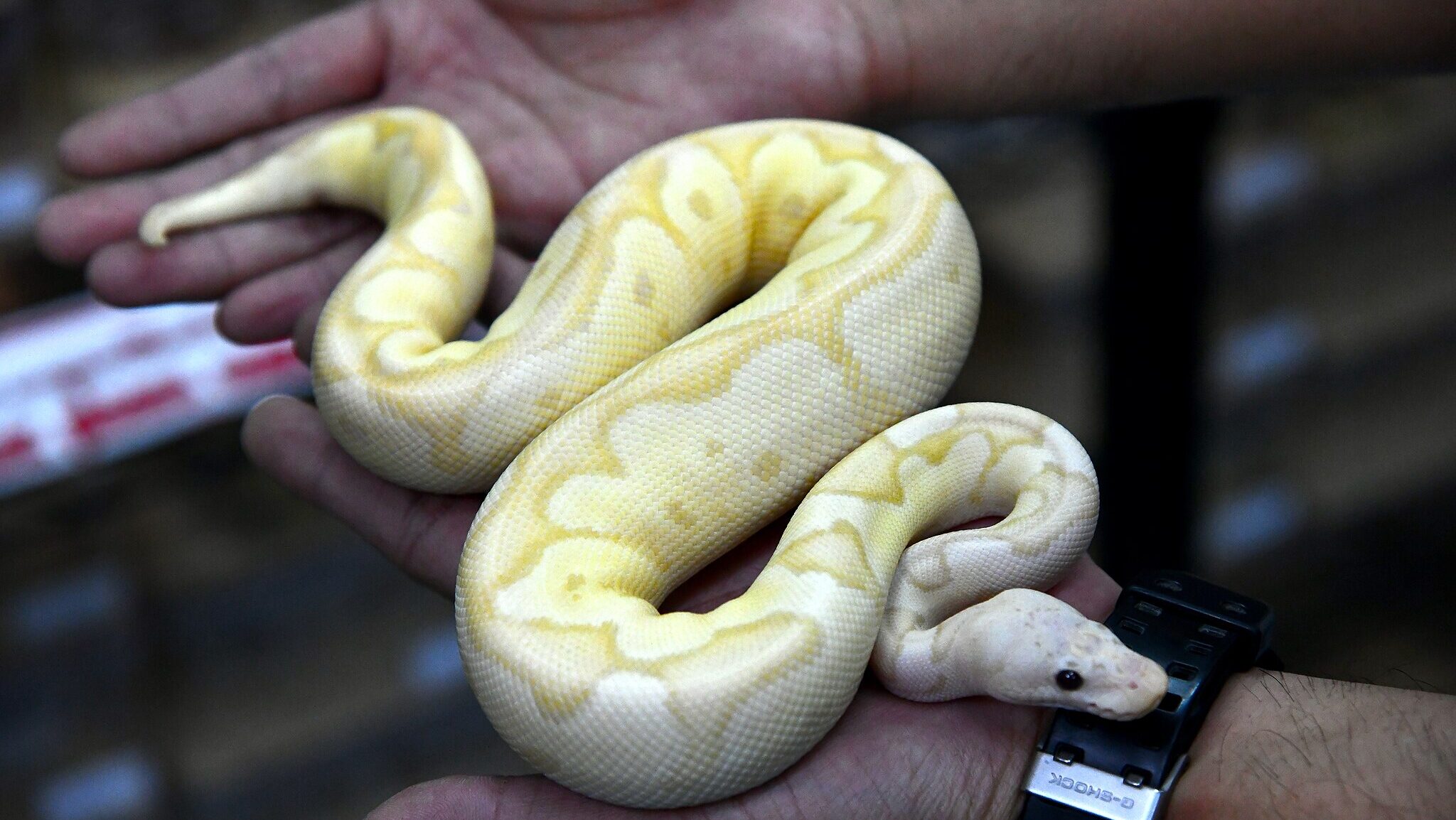
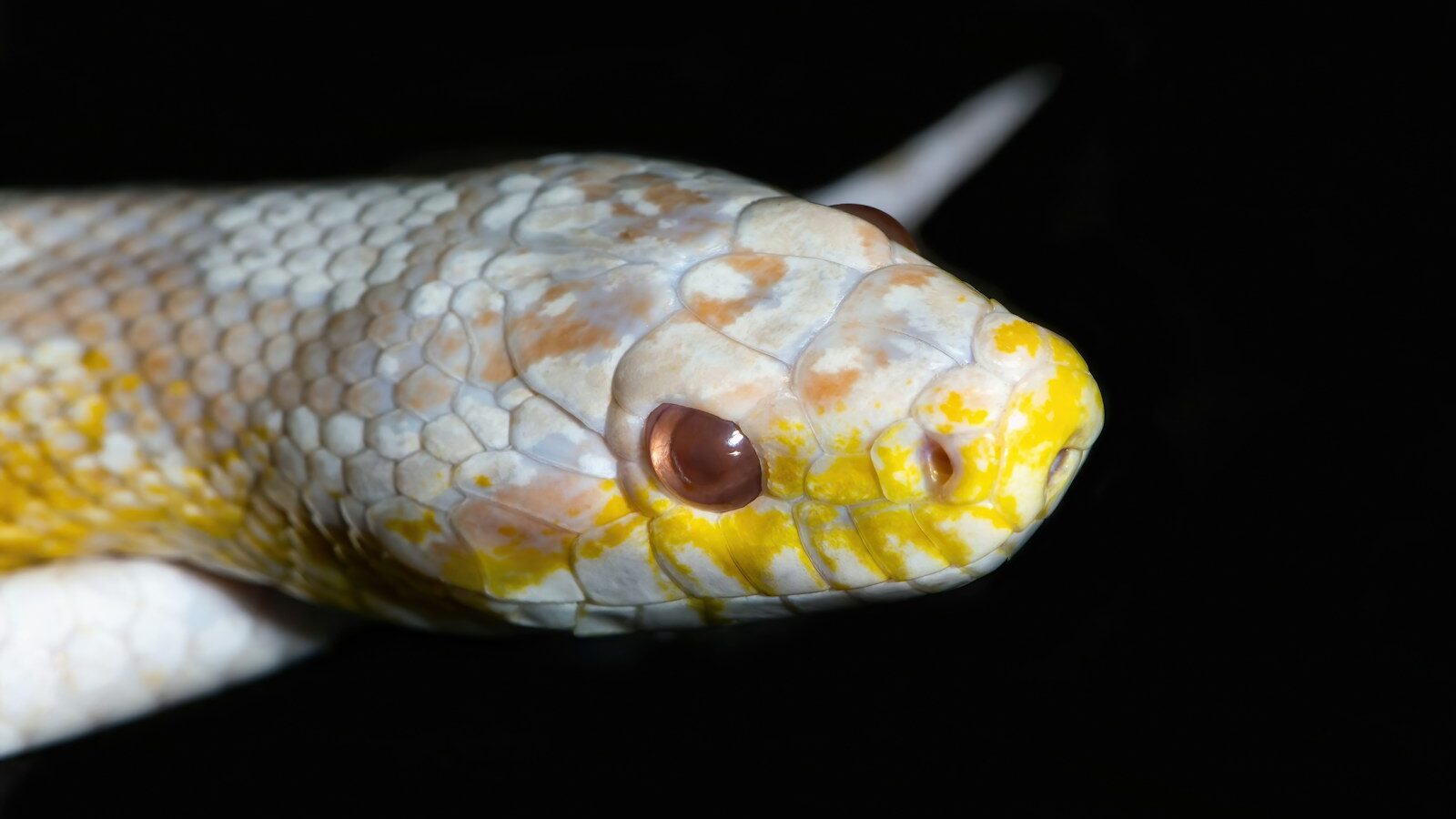

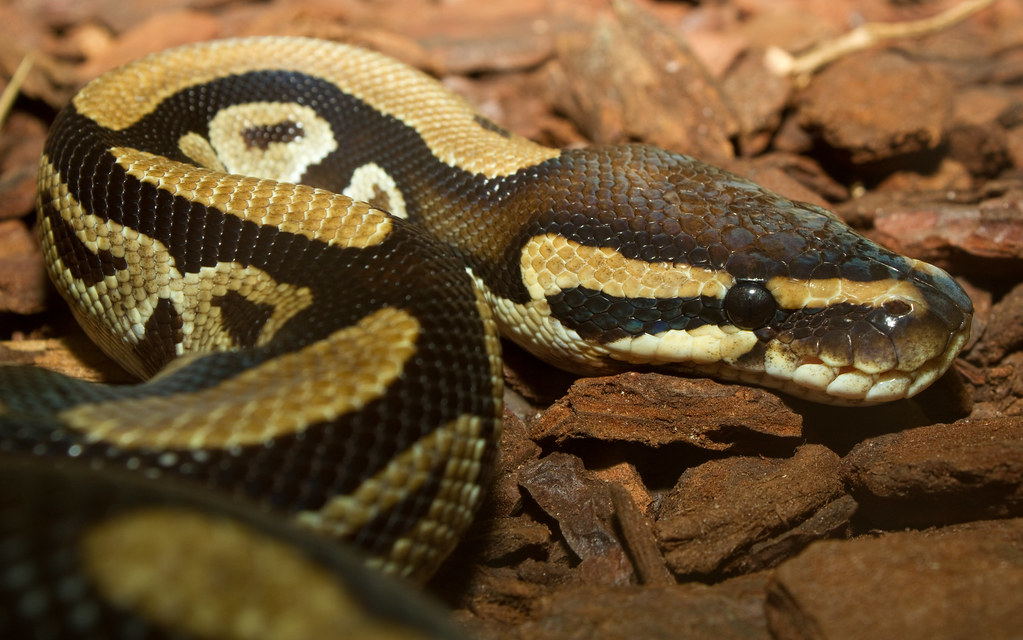


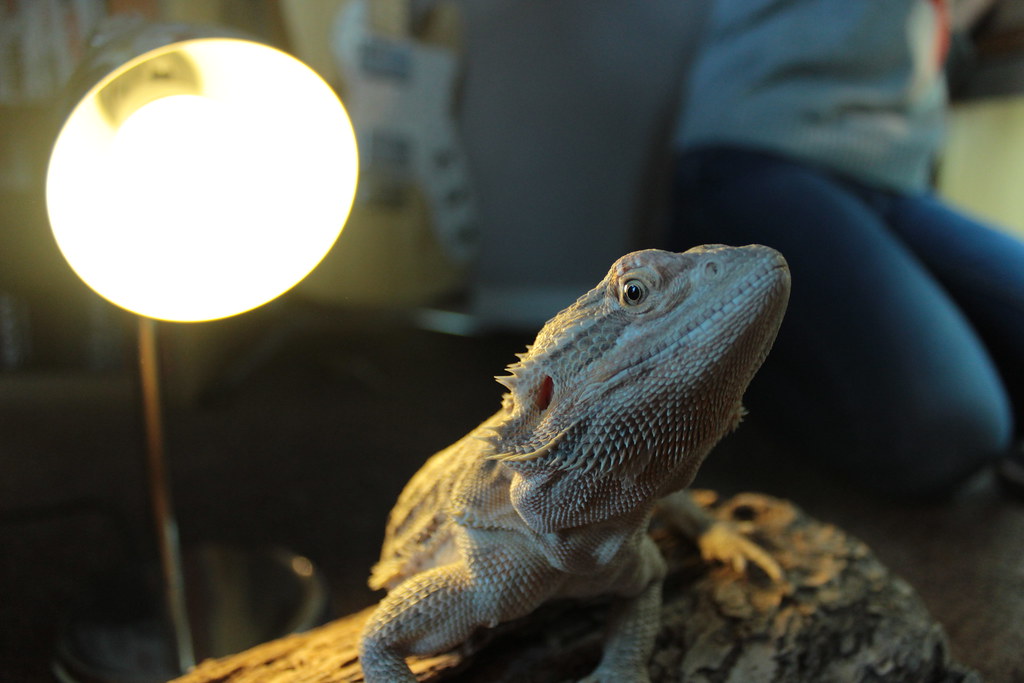
Leave a Reply